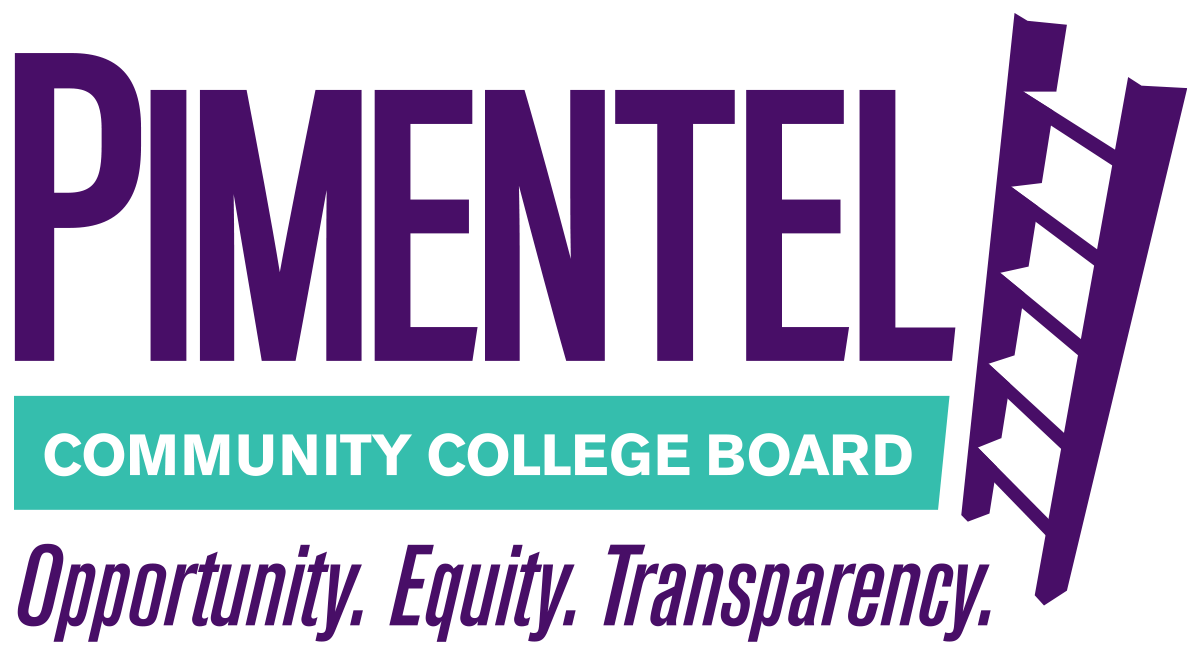
“I’m committed to ensuring taxpayers receive value from their investment in SMCCCD. I’ll ask the tough questions and push the organization’s culture to serve students’ needs above all else.”
John Pimentel
I pledge to improve student outcomes: aggressively recruit local students, support them through a more efficient transfer process, and offer vocational training relevant to the careers of the future.
Create Opportunity
My top priority is reducing the District’s past focus on commercial enterprises such as privately operated gymnasiums and recruiting international students. Instead we will be laser-focused on serving local students, so they may grab hold of the first rung on the ladder of upward economic mobility.
Read more…
Enable Equity
I’m passionate about protecting and expanding the path to upward economic mobility created by community colleges. I want to make sure every self-motivated person in San Mateo County, especially those who are from disadvantaged communities and first-generation college families, has the same opportunity I had.
Read more….
Demand Transparency
If I am elected, you can be certain there won’t be golden parachutes with $1.2 million contracts for no work, and there will be no question that proceeds from voter-approved bonds will be spent only on projects that were promised to voters.
Read more…



